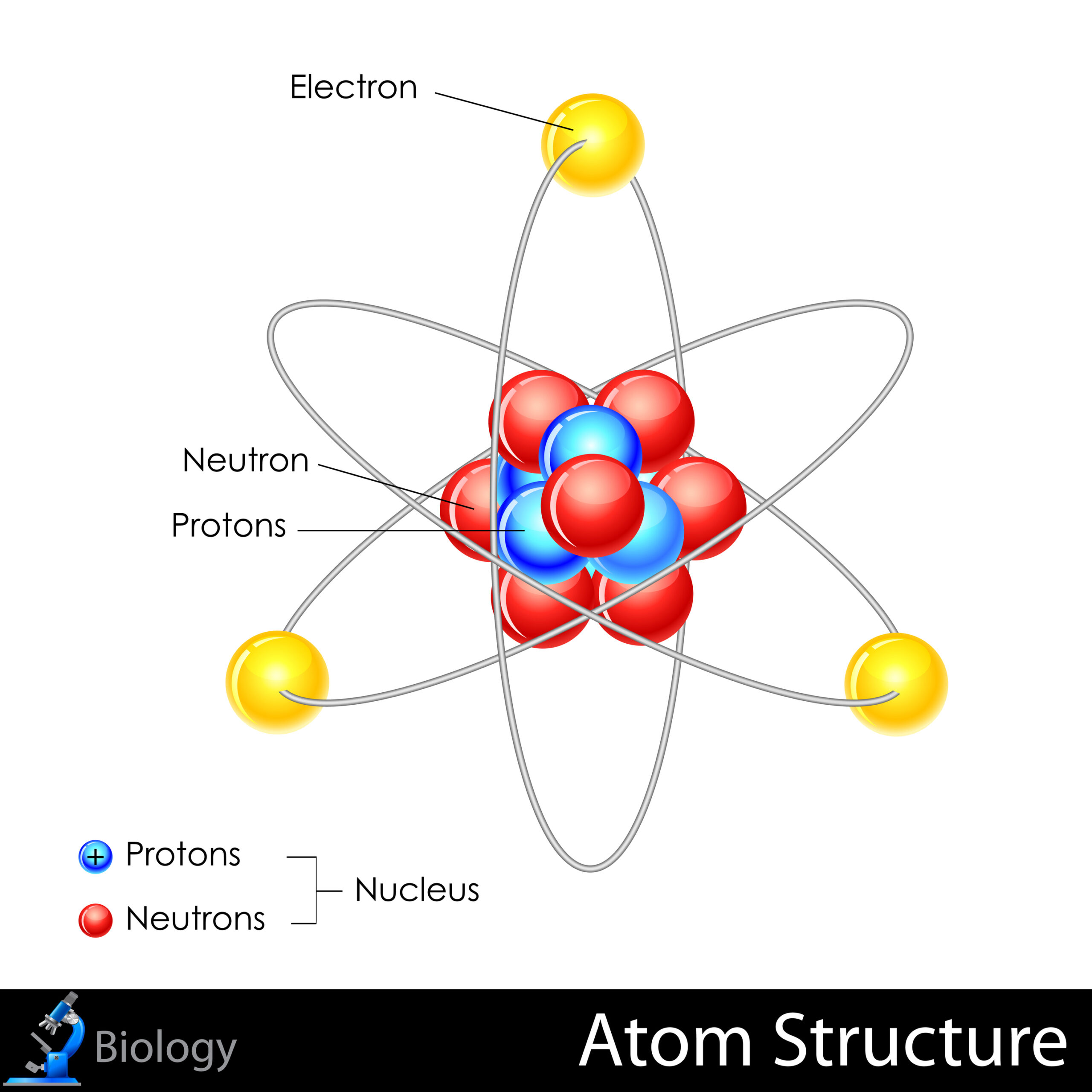The question of whether atoms are particles or waves has puzzled scientists and philosophers alike for centuries. It is a fundamental inquiry that lies at the core of modern physics, delving into the essence of matter and the nature of the universe. By navigating the fraught terrain of classical and quantum physics, one can grasp the dual characteristics of atoms, which can oscillate between particle and wave behavior in a paradox that reflects the complexities of reality.
To grasp the enigma of atomic behavior, one must first appreciate the classical conception of particles and waves. In classical physics, particles are envisioned as discrete entities with defined locations and momenta—think of them as tiny billiard balls that occupy specific spaces in the universe. Conversely, waves are continuous oscillations that propagate through space and time, emanating without a definite boundary, much like the ripples created when a stone is tossed into a tranquil pond. These two paradigms were historically viewed as mutually exclusive. However, the advent of quantum mechanics heralded a paradigm shift that irrevocably altered our understanding.
The culmination of this transformation is encapsulated in the groundbreaking work of physicists such as Albert Einstein and Louis de Broglie, who conceptualized the idea of wave-particle duality. This principle stipulates that all particles exhibit both wave-like and particle-like properties, depending on the experimental conditions under which they are observed. The dual nature of atoms becomes evident when investigating phenomena such as the double-slit experiment, an iconic demonstration of quantum behavior. When electrons or other atoms pass through two closely spaced slits, they create a pattern of interference typical of waves rather than particles—a striking revelation that blurs the lines of traditional classification.
Therefore, to appreciate the nature of atoms, one must engage with the language of mathematics, particularly wave functions. In quantum mechanics, an atom’s state can be described using a wave function, a mathematical construct that encodes information about the probability density of finding a particle in a given location. This probabilistic nature, expressed elegantly through the Schrödinger equation, unveils a captivating metaphor: atoms can be seen as dancers gracefully moving in a probabilistic ballet, where the stage is the universe itself. Their position and momentum, intertwined within the Heisenberg Uncertainty Principle, illustrate the inherent limitations of our knowledge, granting them an elusive quality that resonates with the uncertainties of existence.
Examining the specific case of electrons, these subatomic particles serve as prime examples of this duality. Beyond their particle-like characteristics, electrons can exhibit wave-like behavior, making it plausible to visualize the atom as a vibrating string rather than a mere assemblage of particles. This conceptualization aligns beautifully with quantum field theory, which posits that underlying fields permeate the cosmos, giving rise to particles as excitations of these fields—suggesting that atoms, in essence, are not merely entities but manifestations of deeper foundational structures.
Moreover, the notion of quantum entanglement further complicates the dichotomy of particles and waves. When two particles become entangled, their states become interdependent regardless of the distance that separates them. The instantaneous influence one particle has on another defies classical intuitions about locality and causality, echoing a profound interconnectedness that permeates the atomic realm. Thus, the very act of observing an atom can alter its state, emphasizing an intrinsic link between the observer and the observed—a notion that philosophically resonates with the Eastern concept of interconnected existence.
Despite the conceptual elegance of wave-particle duality, numerous debates persist in the realm of theoretical physics. Notable figures such as Niels Bohr championed the Copenhagen interpretation, which posits that atoms only manifest as particles when measured, while other interpretations challenge this view, advocating for a more ontological reality that transcends mere observation. Quantum decoherence theory serves as a cornerstone of this discourse, providing insights into how classical phenomena emerge from quantum systems through interaction with their environment, hinting at an even richer tapestry of reality.
In light of these complexities, one might ponder the implications of our understanding of atoms on broader philosophical questions concerning the nature of reality. If particles can assume the guise of waves, and our perception can shape the existence of these atoms, do we not teeter on the brink of a more profound truth? In this sense, atoms become metaphors for human consciousness itself—dynamic, fluid, and capable of expressing both individuality and universality.
The ongoing exploration of “Are atoms particles or waves?” unveils a labyrinthine understanding of the universe, where certainty gives way to wonder. Atoms are not constrained by the traditional binaries of thought; they inhabit a realm where boundaries dissolve and possibilities abound. The journey into the atomic world urges us to embrace the intricate dance of nature, compelling us to contemplate the very fabric of existence—an irrepressible quest for knowledge that emanates from our primal curiosity.
In conclusion, atoms embody a duality that reflects the complexities of the universe. They are both particles and waves, illustrating the multifaceted nature of reality, where conventional distinctions blur into a continuum. As our understanding of quantum mechanics evolves, so too does our appreciation for the profound interplay between observation, measurement, and the fundamental nature of matter. This interconnectedness serves as both an intellectual challenge and a source of awe—pushing the boundaries of human understanding in an eternal quest for truth.












